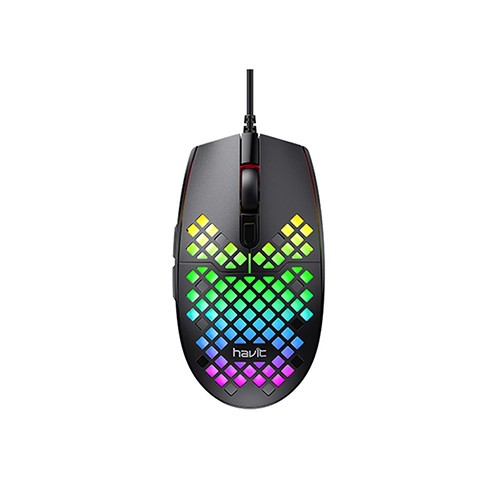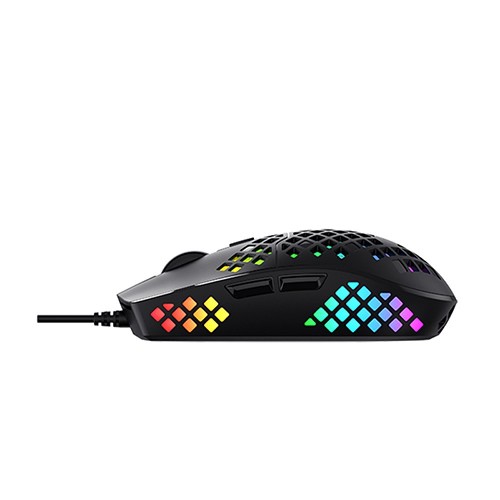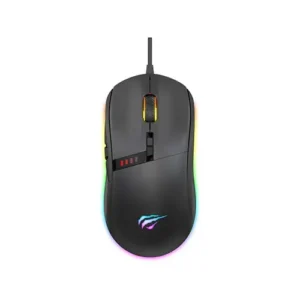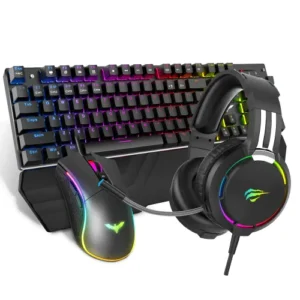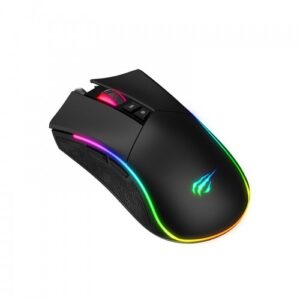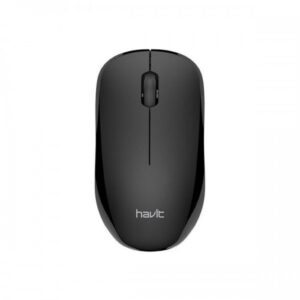Key Specifications and Features
When selecting a wired USB gaming mouse, understanding the key specifications and standout features is crucial for optimizing gaming performance. One of the primary specifications to consider is the resolution options available, typically measured in DPI (dots per inch). Standard settings often include 800, 1200, 2400, and 3200 DPI. Each of these settings significantly impacts precision and gameplay responsiveness. For example, lower DPI settings (800 and 1200) tend to favor accuracy, especially for tasks requiring fine control, such as sniping in first-person shooters, while higher DPI settings (2400 and 3200) can enhance speed and movement tracking in fast-paced environments.
Another important aspect to consider is the cable length of the mouse. The standard cable length is usually around 1.5 meters, which provides gamers with optimal flexibility during gameplay. This length enables ease of movement without the restriction that shorter cables may impose, allowing for a more dynamic gaming experience. Gamers often prefer a wired connection due to its minimal latency and reliability compared to wireless counterparts.
The functionality offered by the number of buttons is equally significant in a gaming context. Most wired USB gaming mice come equipped with at least 6 buttons, which can be programmed to perform various actions, enabling users to execute complex commands rapidly. This multitude of buttons can facilitate enhanced gameplay by allowing quick access to inventory, weapon selection, or shortcuts in gaming scenarios.
Lastly, the switch lifecycle of the mouse is a vital factor to consider. A typical mouse switch lifecycle ranges up to 3,000,000 clicks. This durability ensures that the gaming mouse can withstand the rigorous demands of high-intensity gaming, providing longevity that enhances the user’s investment. The importance of these key specifications cannot be overstated, as they collectively contribute to a more efficient and engaging gaming experience.
Physical Design and Warranty Information
A wired USB gaming mouse typically exhibits a sleek and ergonomic design, with an emphasis on comfort and performance tailored for extended gaming sessions. The physical appearance often features a classic black color that not only appeals to gamers but also seamlessly integrates into a variety of aesthetic setups. The dimensions of a typical gaming mouse are 115.2 x 63 x 37.6 mm, which constitute an optimal size for most hand types. This ensures that players can achieve a firm grip, reducing strain during long hours of gameplay.
The weight classification of a gaming mouse is another critical element in its physical design. Most wired USB gaming mice are categorized as lightweight, allowing for quick and responsive movements. This lightweight design contributes to the overall agility required during fast-paced gaming, providing players with a competitive edge. Additionally, the mouse is engineered to support a switch lifecycle of approximately 3,000,000 clicks, which is particularly important for gamers who require dependable hardware. This impressive lifespan not only enhances the mouse’s longevity but also offers reassurance that it can withstand the rigors of daily use.
Warranty information plays a vital role in the purchasing decision as well. A standard one-year warranty coverage on wired USB gaming mice indicates the manufacturer’s confidence in their product’s reliability. This warranty typically addresses defects in materials and craftsmanship, affording consumers peace of mind regarding their investment. Furthermore, the warranty details provide guidance on expected customer support and service, ensuring that users know what channels to pursue for assistance or repairs. Overall, the thoughtful integration of design elements and robust warranty coverage enhances user experience and satisfaction with wired USB gaming mice.
